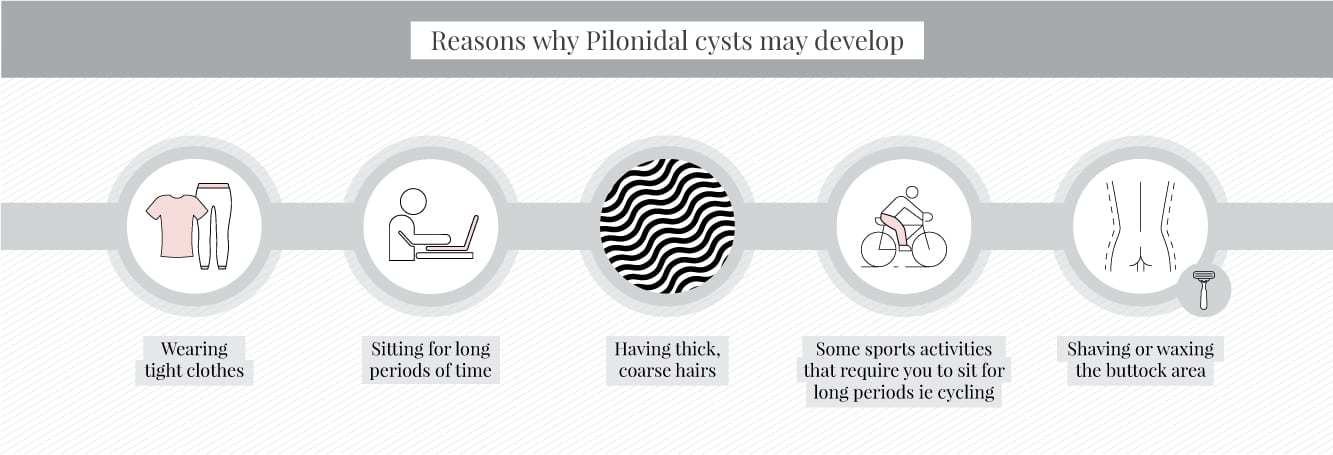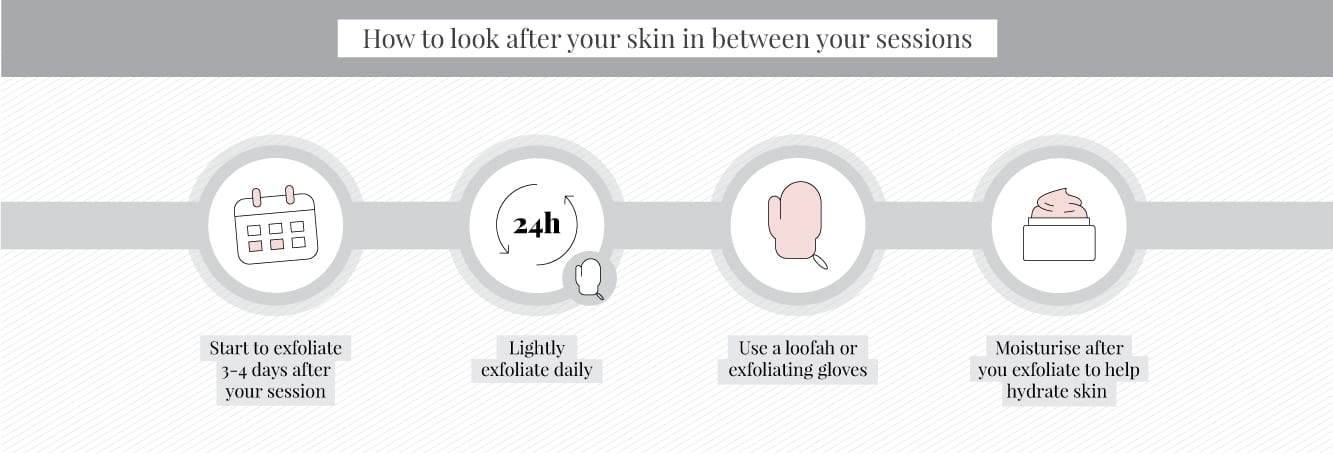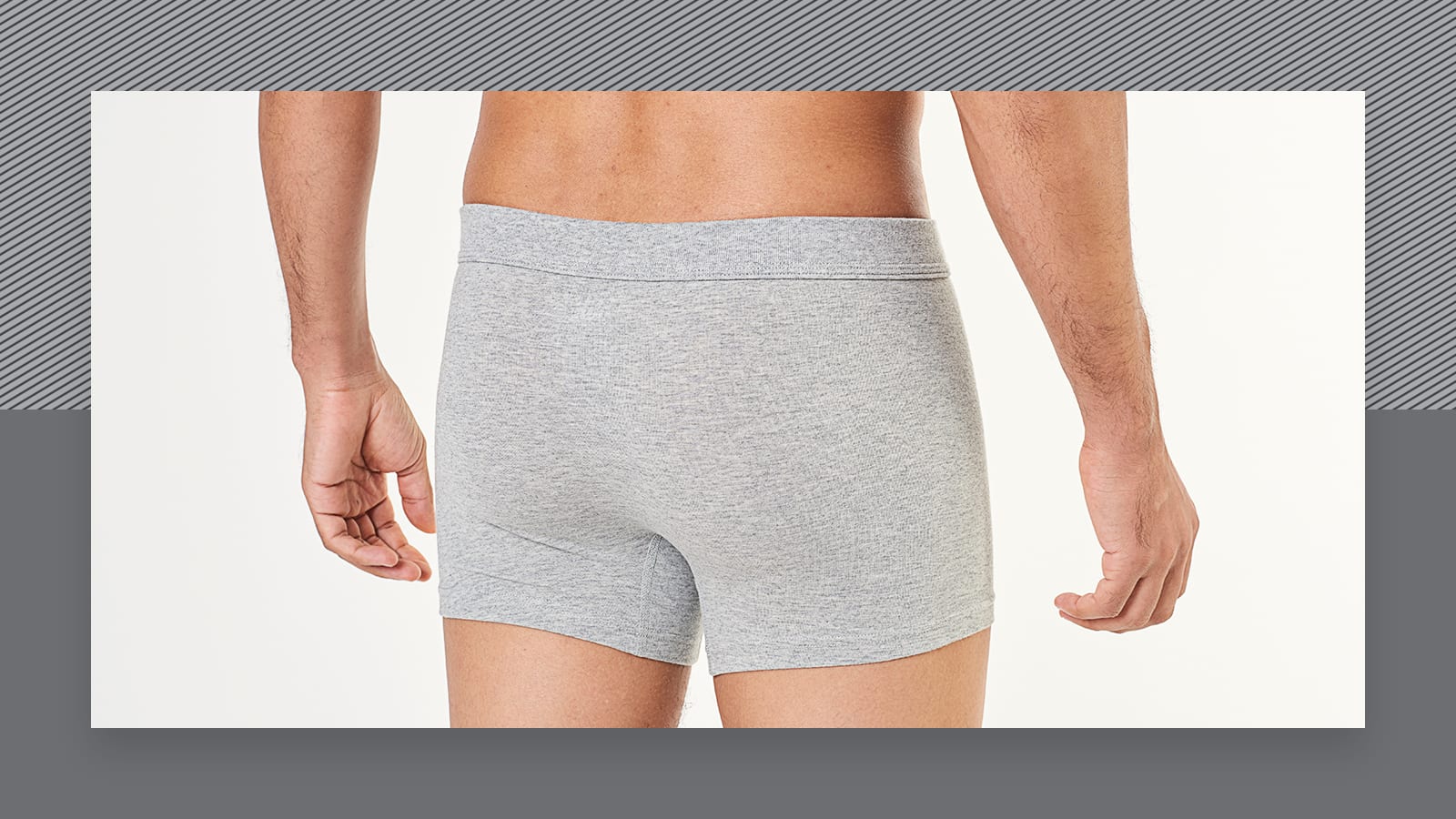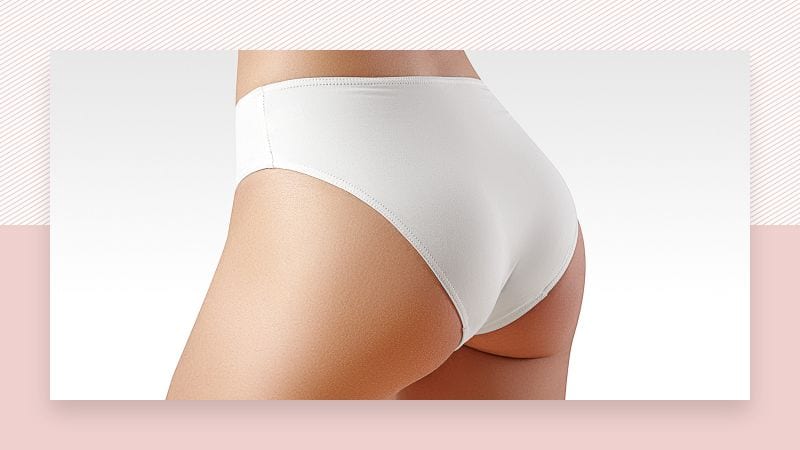Pilonidal cysts and laser hair removal
What is a pilonidal cyst?
A pilonidal cyst is a cyst that develops around the top of the tailbone area. A pilonidal sinus (PNS) is a small hole in the skin, this may fill with fluid, hair and skin debris. As a result this may cause a cyst to form which can become infected and form an abscess. These cysts develop at the tailbone area at the top of the buttocks. They usually start off as a pimple and over time can become much bigger in size. These should be treated with medication and may need to be drained if infection sets in. These can become very painful. Men are more prone to developing these but women can get them too and they can reoccur. Although laser hair removal can’t heal current cysts it can help prevent pilonidal cysts from recurring in the future.

If you are removing hair on the buttock area please be sure to regularly exfoliate the area and hydrate after to help prevent hairs growing into the skin. You can also use topical exfoliants around the top of the buttock area to help remove layers of dead skin. In order to prevent a cyst forming it is important to look after the skin in this area.

How are pilonidal cysts treated?
If an abscess has developed this will need to be drained by a doctor. If this cyst has developed an abscess the area will be very red, it will feel hot to the touch and you may have a fever, it also may be very difficult to sit. It is very common for these cysts to redevelop and if these reoccur surgery may be needed to remove the cyst completely.
If surgery is needed on a pionidal cyst it is common for the doctor to leave the wound open to help with healing. In most cases this will prevent another cyst from forming in the future. Laser hair removal can only be performed when this area has fully healed.
Can laser hair removal help if you have pilonidal cysts?
Yes, laser hair removal can help if you have pilonidal cysts. If you currently have a pilonidal cyst laser will not be able to remove this. But if you have had a pilonidal cyst previously and want to prevent another one, laser hair removal is the perfect treatment for you.
Laser hair removal permanently reduces excess hair. Laser works by targeting hair follicles with heat and light in order to disable them. You will need a full course of treatment to see results. After each session you will notice hairs becoming lighter and finer. This reduction in density will make hairs less likely to become trapped in the skin.
How many sessions would I need?
A full course of laser will be needed in this area. 6-10+ laser sessions will be needed. Results will be seen from session one and hair density will reduce fast. The need to maintain growth in this area will also diminish over time. After the first few sessions shaving will only be necessary once in a 6 week period.
Treatments will be needed every 6 weeks for the first 5-7 sessions. These intervals may be extended to 8-10 weeks depending on results.
How to prepare the buttock area before laser hair removal?
Preparing your buttock area properly before laser hair removal is essential. Firstly treatment will be much more effective if all excess hairs have been removed. And secondly treatment is much safer if skin in the area as been given time to replenish after shaving. Performing laser on freshly shaved skin can cause adverse reactions so by shaving well in advance these reactions can be avoided.
- Allocate some time to do this properly, take your time, do not rush
- If your hair is long, trim with scissors before using a razor (you may need help with this)
- Never dry shave this area, shave 24 hours before your session is due
- Use light pressure when passing the razor over the skin
- Do not over shave this area by passing the razor multiple times over the same section of skin as this may result in the skin becoming irritated
- Store a tube of Aloe Vera in the fridge for added cooling after shaving if needed, do not apply any moisturisers, creams or oils
What to do after your session to help stop cysts recurring?
Looking after your skin in between your sessions is essential. After treatment hairs take approx. 7-14 days to shed out of the follicle. Care must be taken during this time to make sure hairs don’t become trapped in the skin. Exfoliating and hydrating after minimises the likelihood of hairs becoming trapped in the skin.

Laser hair removal can help stop pilonidal cysts recurring.
This condition can be painful and very uncomfortable. It can take months for a cyst to heal if you have had surgery. Months dealing with an open wound can be very difficult. Because this condition can lead to long periods of recovery it’s best to try to prevent these from returning. Having laser is a great preventive measure for this condition. We have experience in treating this condition so please do not hesitate to contact us.
Our friendly team of hair removal experts are on hand to help. Your first step is a consultation and patch test for laser treatment. To arrange this contact us today.

